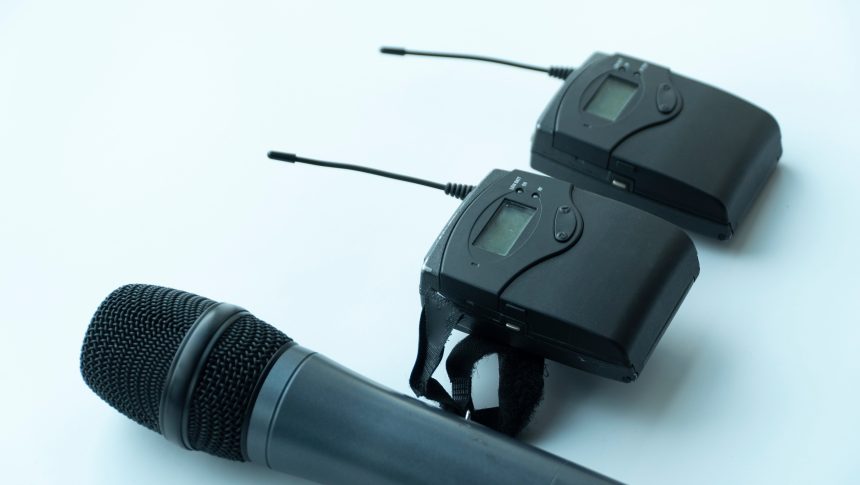The market for wireless microphones is expected to reach a value of $4.4 billion by 2032, indicating a significant upward trend in the industry. This upsurge is mostly driven by the convergence of technology advancement, an increased need for mobile communication, and the expanding entertainment industry. When one delves into the specifics of this business, it becomes clear that wireless mics are quickly emerging as a valuable tool in a variety of industries.
Instigators Driving Market Growth
Many factors are leading to the exponential expansion of the wireless microphone market that is being observed:
- Technological Evolution: New developments in wireless technologies, including improvements in battery life, increased audio quality, and less signal interference, are increasing the appeal and reliability of wireless microphones.
- Mobilization Demand: The increasing need for wireless communication, especially in situations like conferences, events, and plays, is driving up demand for wireless microphones, which are highly valued for their ability to combine mobility with unaltered acoustic quality.
- Entertainment Sector Boom: As the entertainment industry—which includes live performances, musicals, plays, and broadcast media—expands quickly, the need for high-end audio solutions increases, putting wireless mics front and center.
- Simplicity and Expediency: Wireless mics are an excellent option in a variety of contexts, including personal and professional settings, due to their natural simplicity of deployment and user-friendliness. Analyzing Market Behavior
The market segmentation for wireless microphones presents a landscape that is characterized by application domain, kind, technical framework, and regional distribution:
Difference in Type: There are many different kinds of microphones available on the market, each with a unique purpose and use in mind. These include handheld, clip-on, and headset models.
Technological Divergence: There is a clear distinction between digital and analog wireless microphones; digital models are becoming more and more popular because of their better acoustic qualities and secure transmission capabilities.
Scope of Applications: The market’s reach extends to a variety of sectors, including the corporate, educational, entertainment, and sports domains; each offers unique possibilities and requirements.
Spatial Distribution: North America and the Asia-Pacific region are leading the way in market expansion, driven by the flourishing entertainment sector and the adoption of cutting-edge communication technology.
Overcoming Obstacles and Seizing Chances
The market for wireless microphones has challenges despite its promising development trajectory, such as legal ambiguities around frequency spectrum distribution and competition from wired microphones, which are often seen to be more reliable and cost-effective. However, the rapid advancement of technology and the emergence of smart city and IoT paradigms provide enormous opportunities for market expansion.
Seeing Across the Horizon
With an eye toward 2032, the wireless microphone industry is set up for a wave of technological advancements, especially in the areas of digital transmission, artificial intelligence (AI)-powered sound augmentation, and increased connection. Wireless microphones are expected to strengthen their position in the worldwide market by opening up new development avenues and applications via their synergy with a variety of smart devices.
Conclusion
The market for wireless microphones is expected to reach a worth of $4.4 billion by 2032, which highlights its significance in the modern audio communication industry. Driven by advancements in technology, the need for portability, and the growth of the entertainment sector, wireless mics are expected to become more commonplace in both personal and professional settings. To effectively capitalize on this rapidly expanding development trajectory, stakeholders must stay up to date on technical breakthroughs and consumer preferences in order to navigate the market’s transformation.








